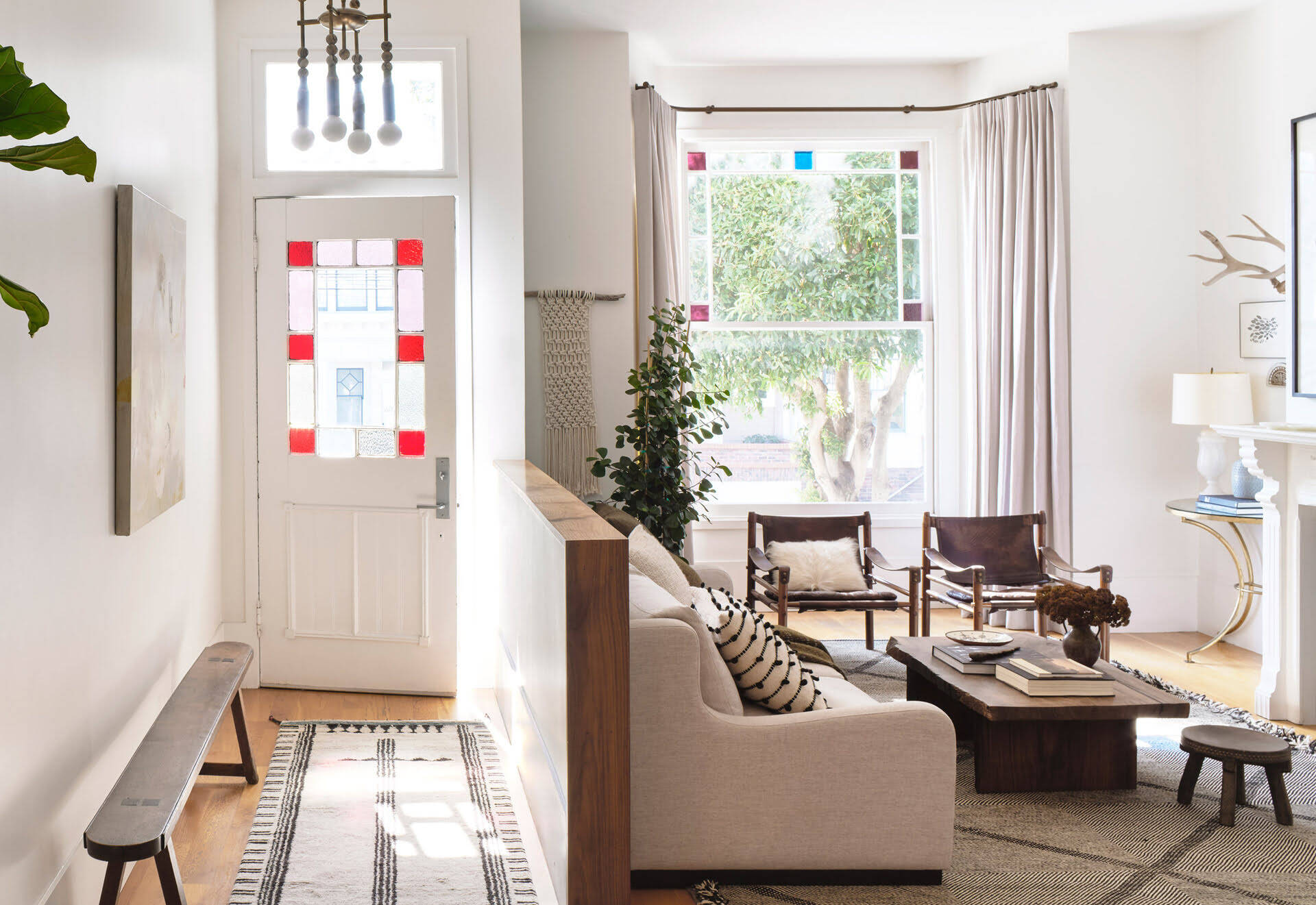

Articles
How To Create Entryway In Living Room
Modified: September 1, 2024
Learn how to create an inviting entryway in your living room with these informative articles. Discover practical tips and stylish ideas to make a statement as soon as you step through the door.
(Many of the links in this article redirect to a specific reviewed product. Your purchase of these products through affiliate links helps to generate commission for Storables.com, at no extra cost. Learn more)
Introduction
Creating an entryway in your living room can not only add functionality to the space but also enhance the overall aesthetic appeal of your home. An entryway serves as a transition area between the outdoors and the interior of your living room, providing a designated space to welcome guests and store essential items. Whether you have a small apartment or a spacious house, incorporating an entryway in your living room can bring organization, style, and a warm welcome to your home.
In this article, we will guide you through the process of creating an entryway in your living room. From determining the space for the entryway to choosing the right elements and adding decorative touches, we will cover all the essential steps to help you create an entryway that is functional, visually appealing, and aligned with your personal style.
So, let’s get started and transform your living room into a welcoming space with a stylish and practical entryway.
Key Takeaways:
- Transform your living room into a welcoming space by creating a functional and stylish entryway that reflects your personal taste and enhances the overall aesthetic appeal of your home.
- Consider practical aspects such as lighting, safety, and functionality to optimize the usability and comfort of your entryway, ensuring it serves its purpose effectively while enhancing the overall functionality and comfort of your living room.
Read more: How To Create A Moroccan Living Room
Step 1: Determine the space for the entryway
When creating an entryway in your living room, the first step is to assess the available area and consider the layout and flow of the room. Here’s how:
Assess the available area: Take a closer look at your living room and identify the space where you can create an entryway. It could be a corner, a wall, or even a small section near the door. Consider the dimensions of the area and how it will fit within the overall design of your living room.
Consider the layout and flow of the living room: Analyze the existing furniture arrangement and the flow of movement in the room. You want to ensure that the entryway doesn’t disrupt the natural flow but rather enhances it. Think about how people will enter and exit the room, and make sure the entryway doesn’t obstruct the main walking path.
By taking these factors into consideration, you can determine the best space in your living room to create an entryway that is convenient and seamlessly integrated into the overall design.
Step 2: Define the purpose of the entryway
Once you have determined the space for your entryway, the next step is to define its purpose. This involves identifying your needs and requirements, as well as deciding on the functionality of the space. Here’s how to do it:
Identify the needs and requirements: Consider how you and your family use the entryway. Do you need a place to hang coats and store shoes? Or maybe you require storage for keys, bags, and other everyday essentials? Assessing your needs and requirements will help you determine the specific features and elements to incorporate in your entryway.
Decide on the functionality of the space: Think about how you want your entryway to function. Do you want it to be a welcoming area for guests? Or a practical zone where you can quickly grab your belongings as you head out the door? Perhaps you want it to serve both purposes. Deciding on the functionality of the space will guide you in selecting the right furniture, storage solutions, and decorative elements.
By defining the purpose of your entryway, you can create a space that caters to your specific needs and enhances the overall functionality of your living room.
Step 3: Choose the entryway elements
Choosing the right elements for your entryway is crucial in creating a cohesive and visually appealing space. This step involves selecting a style or theme and deciding on the furniture and decorations to incorporate. Here’s how to do it:
Select a style or theme: Consider the overall design aesthetic of your living room and choose a style or theme that complements it. Whether you prefer a modern, minimalist look or a rustic, farmhouse vibe, selecting a style will guide your choices for furniture and decorations in the entryway.
Decide on furniture and decorations: Based on the selected style or theme, choose furniture pieces that not only fit the available space but also serve the desired functionality of the entryway. This can include a console table, a bench, a coat rack, or a mirror. Additionally, consider incorporating decorations such as artwork, plants, or decorative baskets to add personality and charm to the space.
When choosing the entryway elements, it’s important to strike a balance between functionality and aesthetics. Select pieces that not only serve a purpose but also contribute to the overall visual appeal of your living room.
Step 4: Arrange the furniture and accessories
Now that you have chosen the furniture and decorations for your entryway, it’s time to arrange them in a way that ensures a visually appealing and functional space. Follow these steps to properly position the key elements:
Position the key elements: Start by placing the main furniture pieces, such as the console table or bench, in a strategic location. Consider the flow of traffic and ensure that the placement doesn’t obstruct the entrance or the pathway in the living room. Place the coat rack or hooks nearby for easy access to hang coats, hats, and bags.
Ensure a visually appealing arrangement: Once the key elements are in place, focus on creating an aesthetically pleasing arrangement. Play with heights by adding a mirror or artwork above the console table, and flank it with decorative items or plants to add symmetry and visual interest. Use trays or baskets on the table to corral smaller items like keys and mail, keeping the area neat and organized.
Arrange the furniture and accessories in a way that not only facilitates functionality but also enhances the overall visual appeal of your entryway. A well-arranged entryway will create a warm and inviting atmosphere for you and your guests as they enter your living room.
Consider using a console table or a bench with storage to define the entryway in your living room. Add a mirror and a rug to create a functional and stylish space.
Read more: How To Create A Play Area In Living Room
Step 5: Incorporate storage solutions
Storage is a vital aspect of any entryway, as it helps to keep the space organized and clutter-free. In this step, we will focus on assessing your storage needs and integrating functional storage options. Follow these guidelines to create an efficient and tidy entryway:
Assess storage needs: Take a look at your belongings and determine what needs to be stored in the entryway. This can include items like shoes, coats, umbrellas, bags, and keys. Consider the storage requirements of each item and the amount of space available in your entryway.
Integrate functional storage options: Once you have assessed your storage needs, it’s time to find suitable storage solutions. Consider incorporating furniture pieces that offer both display and storage functionalities, such as console tables with drawers or benches with built-in compartments for shoe storage. Wall-mounted hooks, shelves, or cubbies can also be great options for keeping items organized and easily accessible.
Additionally, maximize the use of vertical space by installing wall-mounted racks or hooks for hanging coats and bags. Utilize baskets, bins, or decorative boxes to store smaller items and keep them out of sight. Remember to label or designate specific storage areas for each item to maintain order and efficiency.
By assessing your storage needs and integrating functional storage options in your entryway, you can ensure that everything has its place and keep your living room organized and clutter-free.
Step 6: Add decorative touches
Adding decorative touches to your entryway is the final step in creating a well-designed and inviting space. This step involves enhancing the aesthetic appeal of the entryway and incorporating your personal style and interests. Here’s how you can make your entryway truly reflect your personality:
Enhance the aesthetic appeal: Consider adding decorative elements such as artwork, wall hangings, or mirrors to the walls of your entryway. These can help to create a focal point and add visual interest to the space. Incorporate textures and colors that complement the overall design concept of your living room.
Incorporate personal style and interests: Display items that reflect your personal taste and interests. This could be a collection of your favorite books, a display of travel souvenirs, or artwork created by your loved ones. These personal touches make your entryway feel unique and welcoming to both you and your guests.
Additionally, consider incorporating natural elements like plants or flowers to bring life and freshness to the space. Use decorative baskets or trays to add functionality while still being visually appealing.
Remember that less is often more when it comes to decorating an entryway. Keep the space clutter-free and allow each decorative piece to shine on its own. By adding these decorative touches, you can transform your entryway into a space that not only welcomes you home but also showcases your personal style and interests.
Step 7: Consider the practical aspects
The final step in creating a well-designed entryway in your living room is to consider the practical aspects of the space. By focusing on proper lighting, safety, and functionality, you can optimize the usability and comfort of your entryway. Here’s what you need to keep in mind:
Ensure proper lighting: Good lighting is essential in an entryway for both functionality and ambiance. Consider installing overhead lighting fixtures or wall sconces to ensure adequate illumination. You can also add table lamps or floor lamps to create a warm and welcoming glow. Choose lighting options that are both functional and aesthetically pleasing, enhancing the overall atmosphere of your entryway.
Focus on safety: Safety should never be overlooked when designing an entryway. Make sure the pathway from the main entrance to the living room is well-lit and free of tripping hazards. Install a sturdy doormat to prevent slips and protect your floors. Consider adding a rug or runner to further enhance safety and comfort while also adding a touch of style to the space.
Ensure functionality: Your entryway should be designed with practicality in mind. Ensure there is a designated space for essentials like keys, mail, and shoes. Incorporate hooks, shelves, or a shoe rack to keep these items organized and easily accessible. Don’t forget to consider seating options that are not only comfortable but also functional for putting on and taking off shoes.
By considering these practical aspects, you can create an entryway that is not only visually appealing but also safe, functional, and user-friendly. This will ensure that your entryway serves its purpose effectively and enhances the overall functionality and comfort of your living room.
Conclusion
Creating an entryway in your living room is a wonderful way to add functionality, style, and organization to your home. By following the steps outlined in this article, you can transform your living room into an inviting space that welcomes both you and your guests. Let’s recap the important points:
1. Determine the space for the entryway by assessing the available area and considering the layout and flow of the living room.
2. Define the purpose of the entryway by identifying your needs and requirements and deciding on the functionality of the space.
3. Choose the entryway elements by selecting a style or theme and deciding on furniture and decorations that align with your chosen aesthetic.
4. Arrange the furniture and accessories by positioning the key elements and ensuring a visually appealing arrangement.
5. Incorporate storage solutions by assessing your storage needs and integrating functional storage options that keep the entryway organized.
6. Add decorative touches to enhance the aesthetic appeal and incorporate your personal style and interests through artwork, accessories, and plants.
7. Consider the practical aspects such as proper lighting, safety measures, and functional design to optimize the usability and comfort of your entryway.
By following these steps and infusing your unique style into the design, you can create an entryway in your living room that sets the tone for the rest of your home. Remember to keep the space clutter-free, utilize storage solutions effectively, and create a warm and inviting atmosphere that reflects your personal taste.
So go ahead, embark on this exciting home improvement project and transform your living room into a welcoming space with a well-designed and functional entryway.
Frequently Asked Questions about How To Create Entryway In Living Room
Was this page helpful?
At Storables.com, we guarantee accurate and reliable information. Our content, validated by Expert Board Contributors, is crafted following stringent Editorial Policies. We're committed to providing you with well-researched, expert-backed insights for all your informational needs.
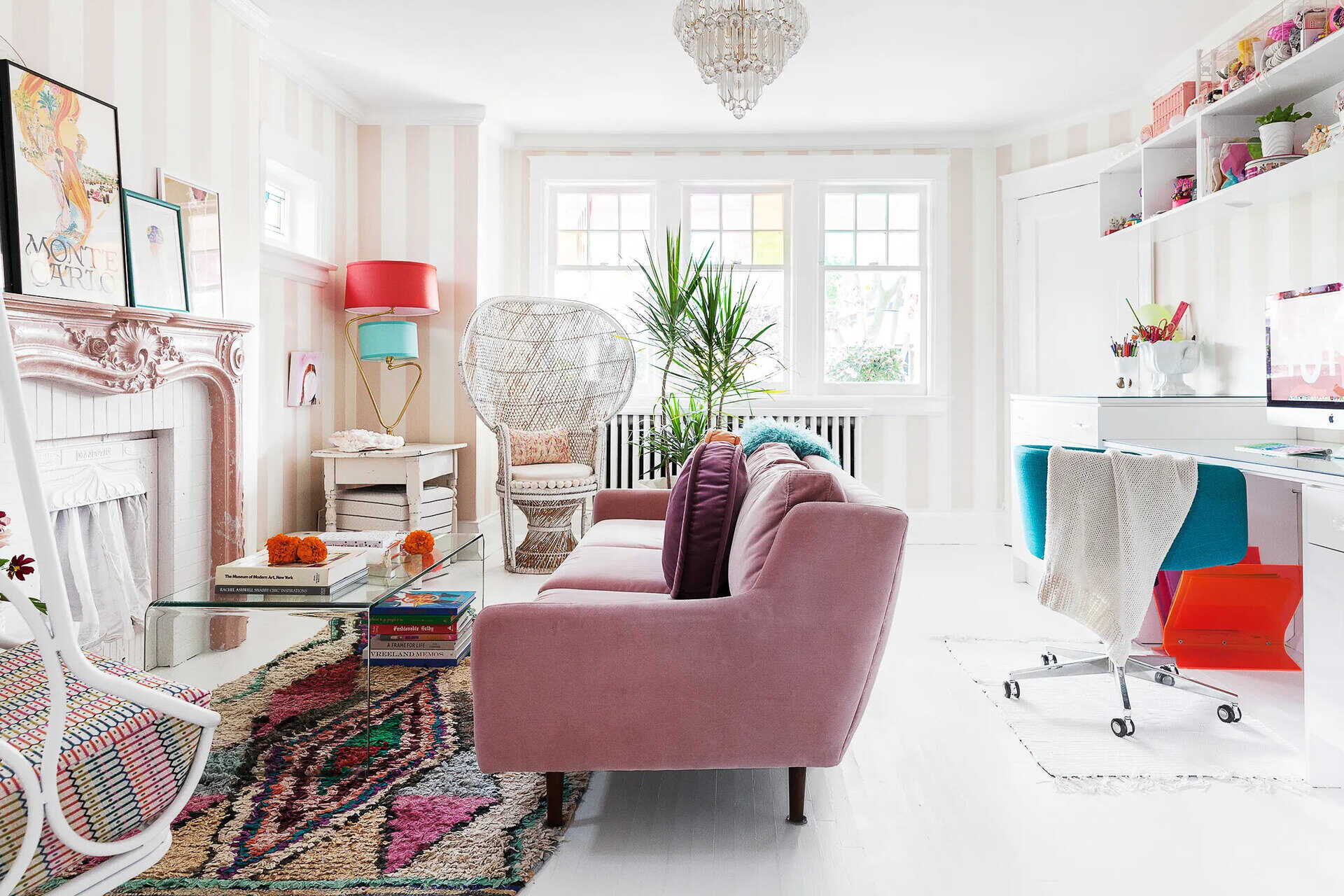
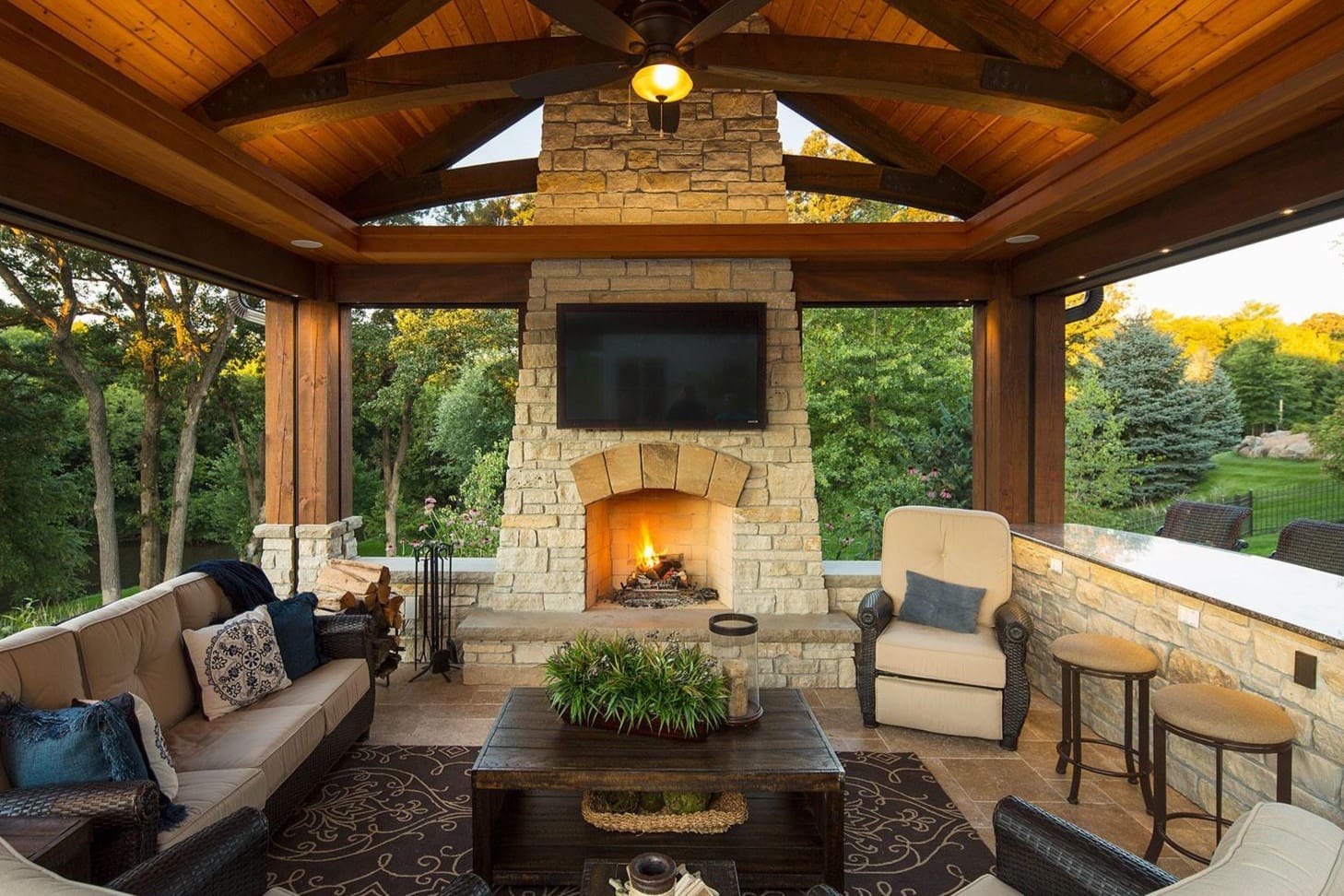
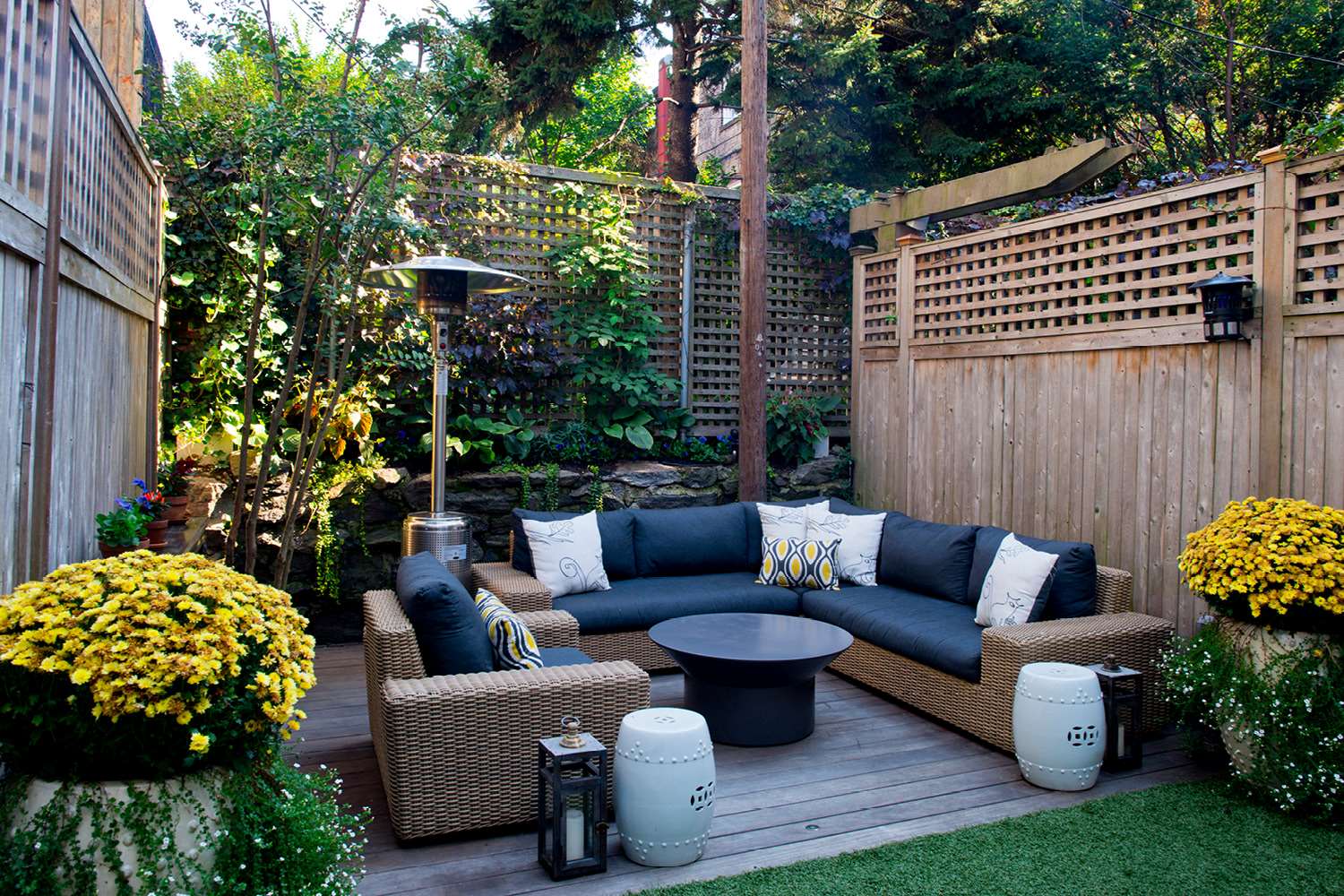
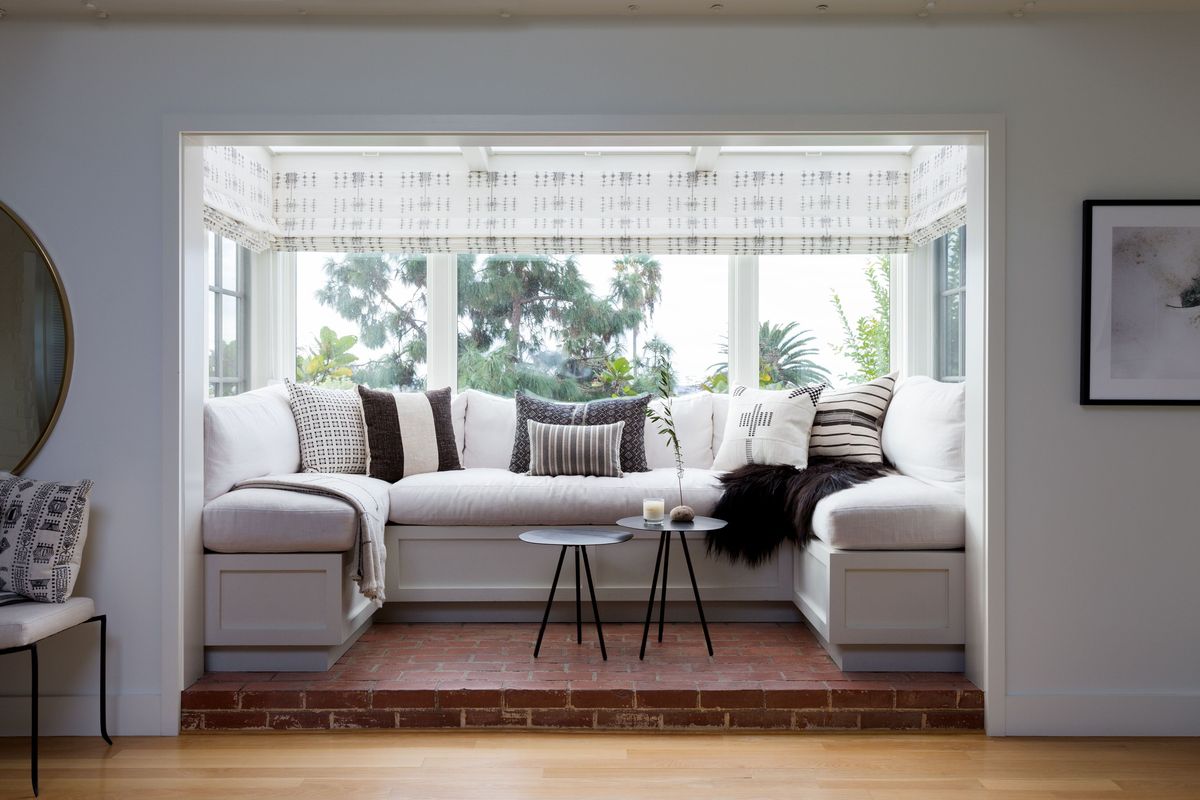
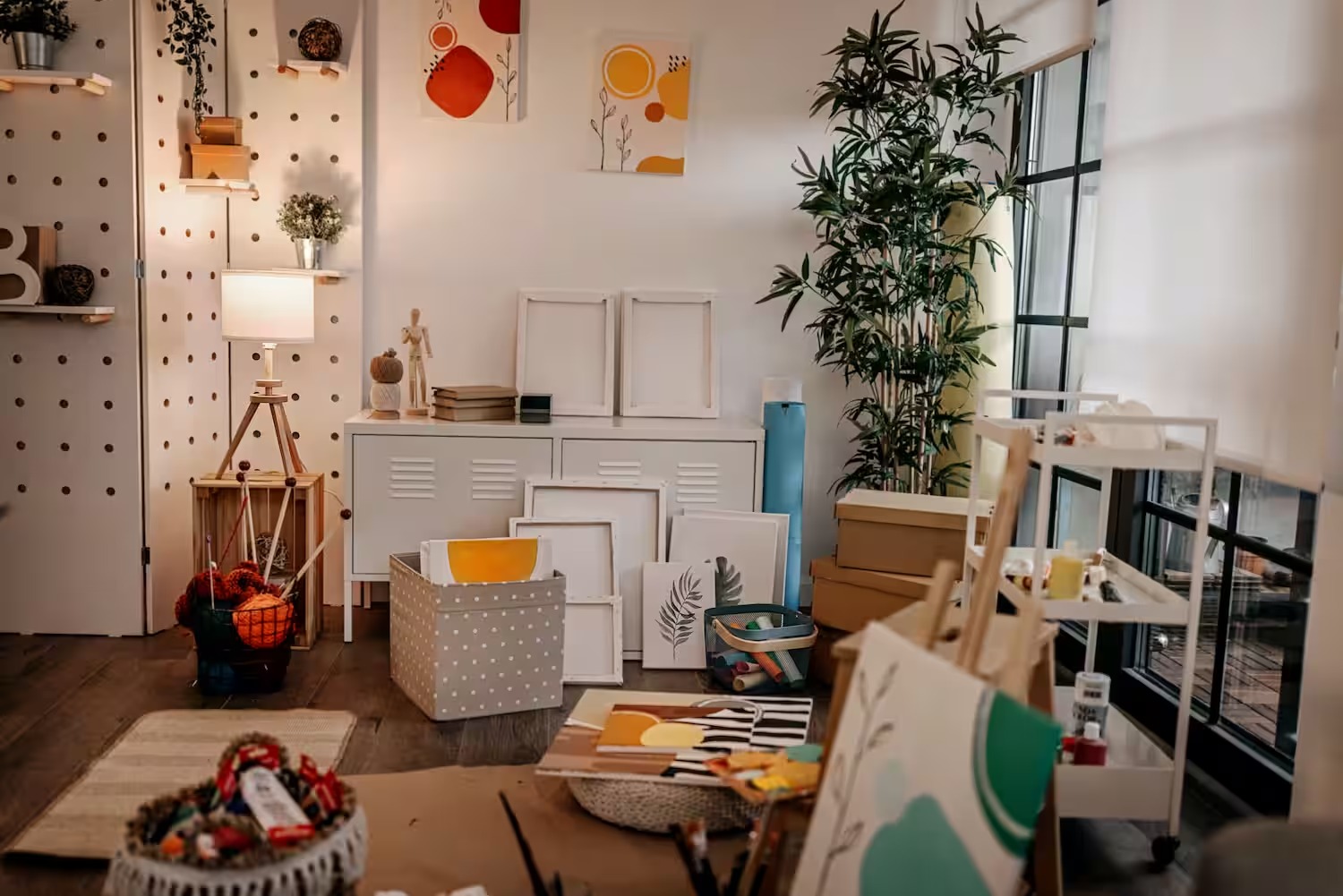
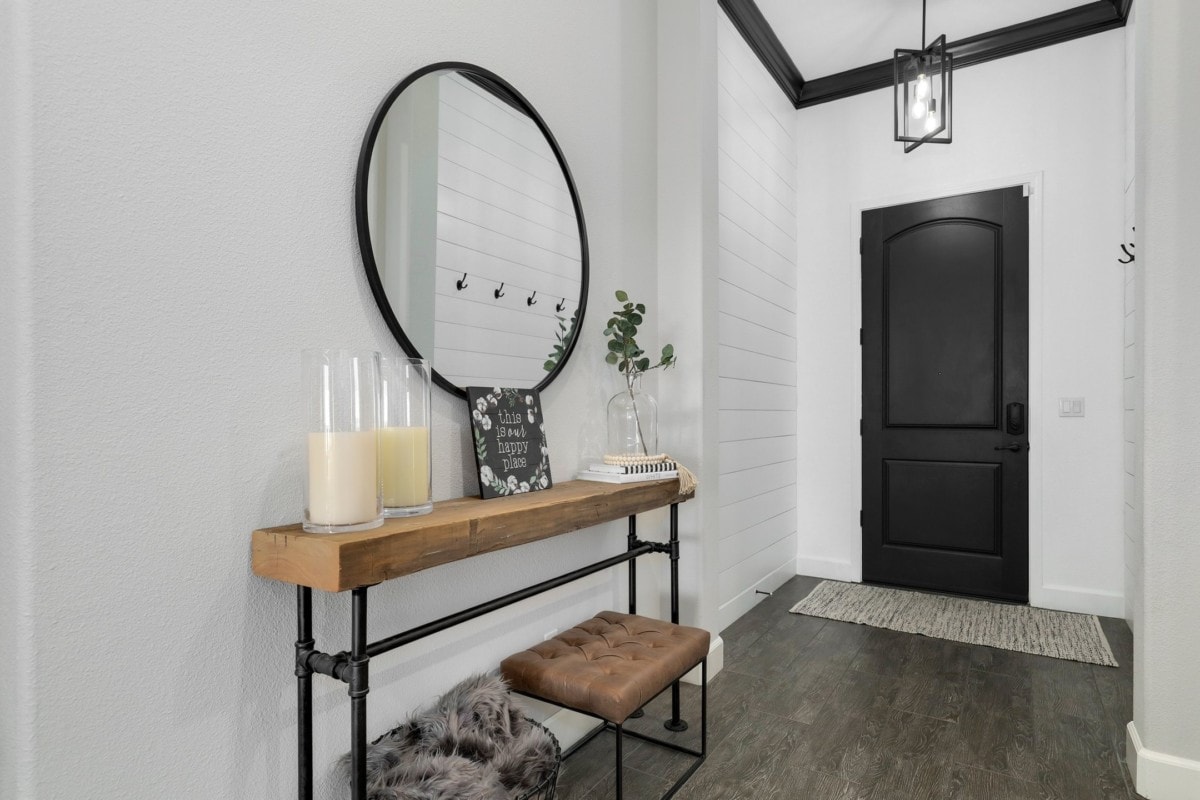
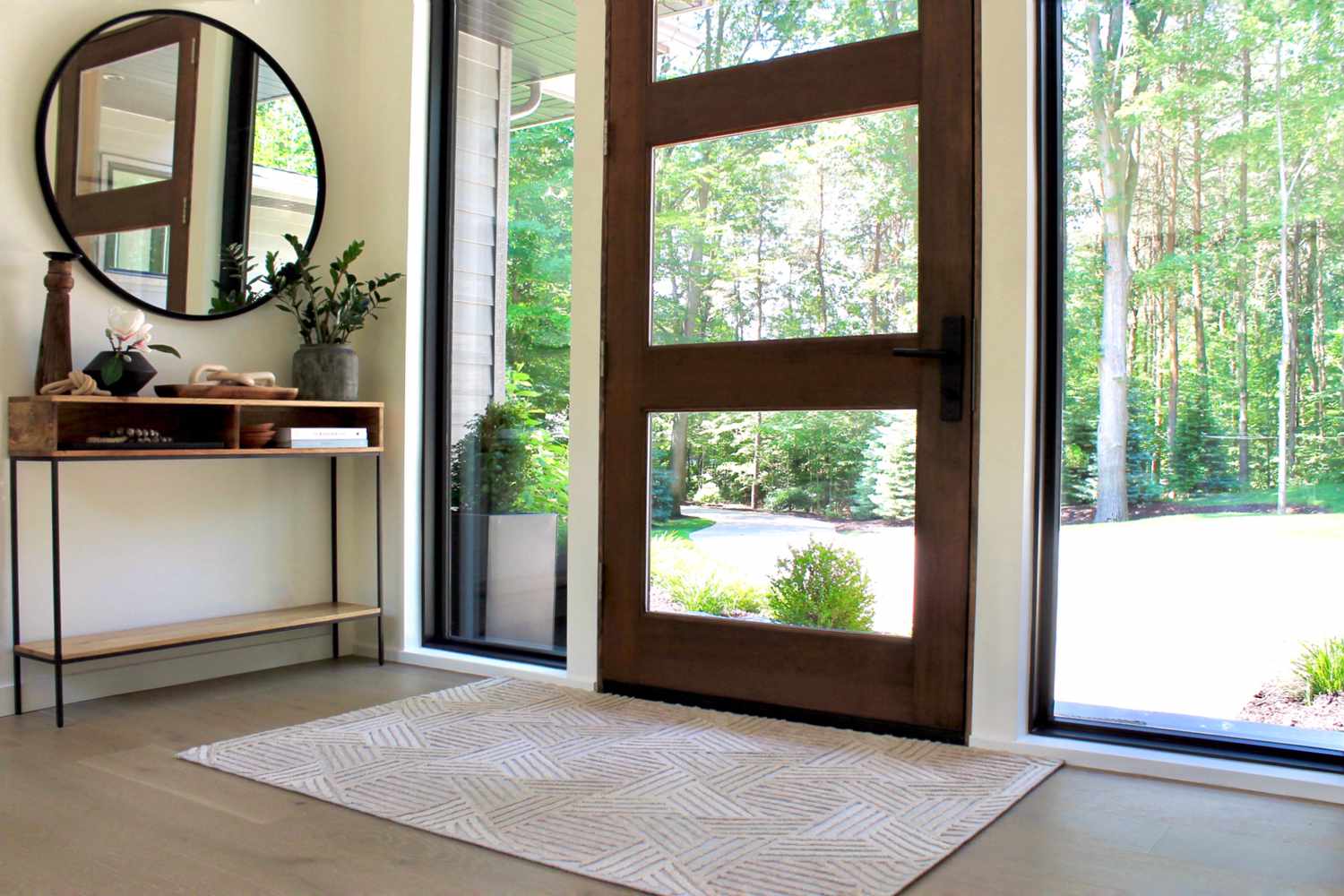
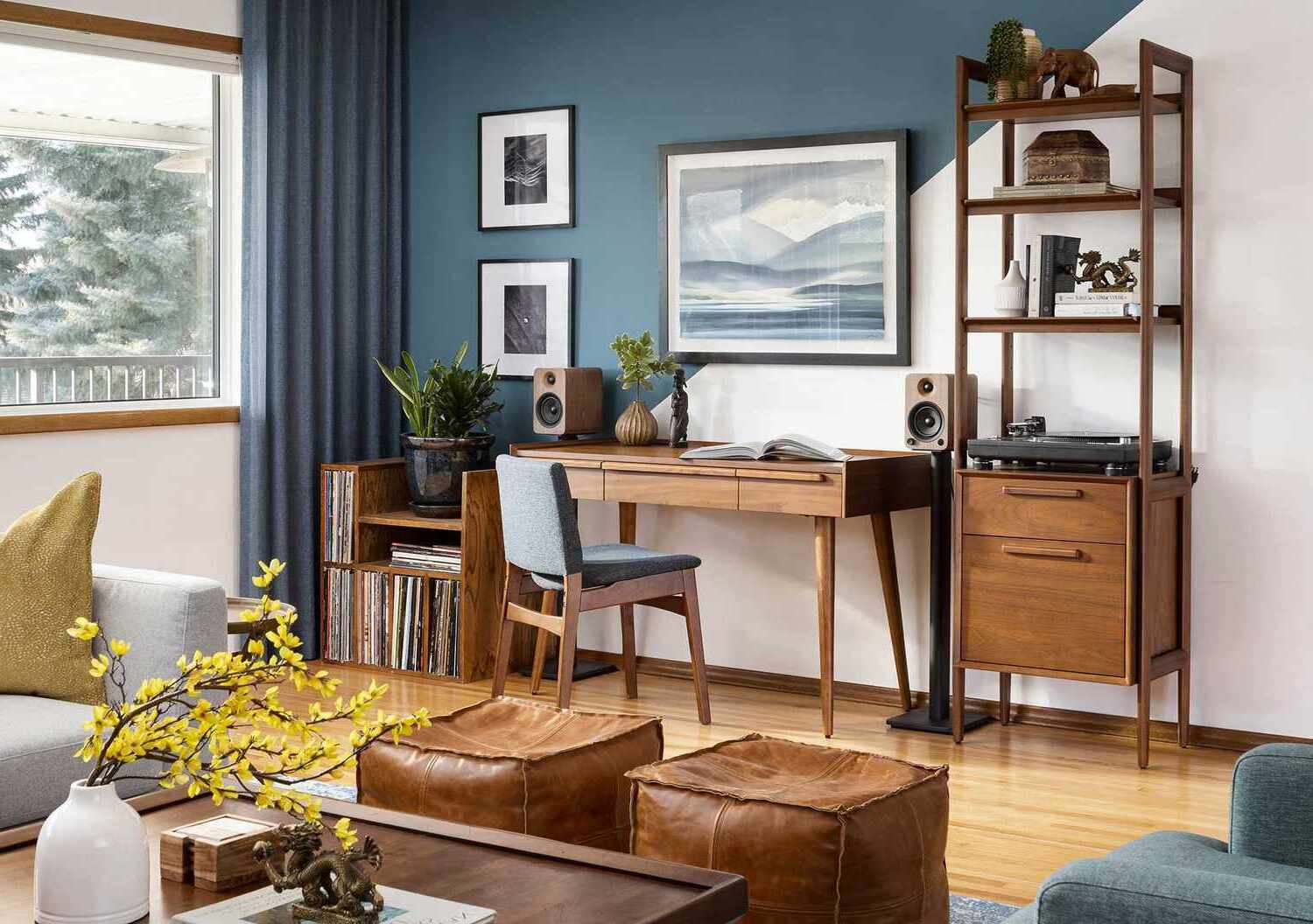
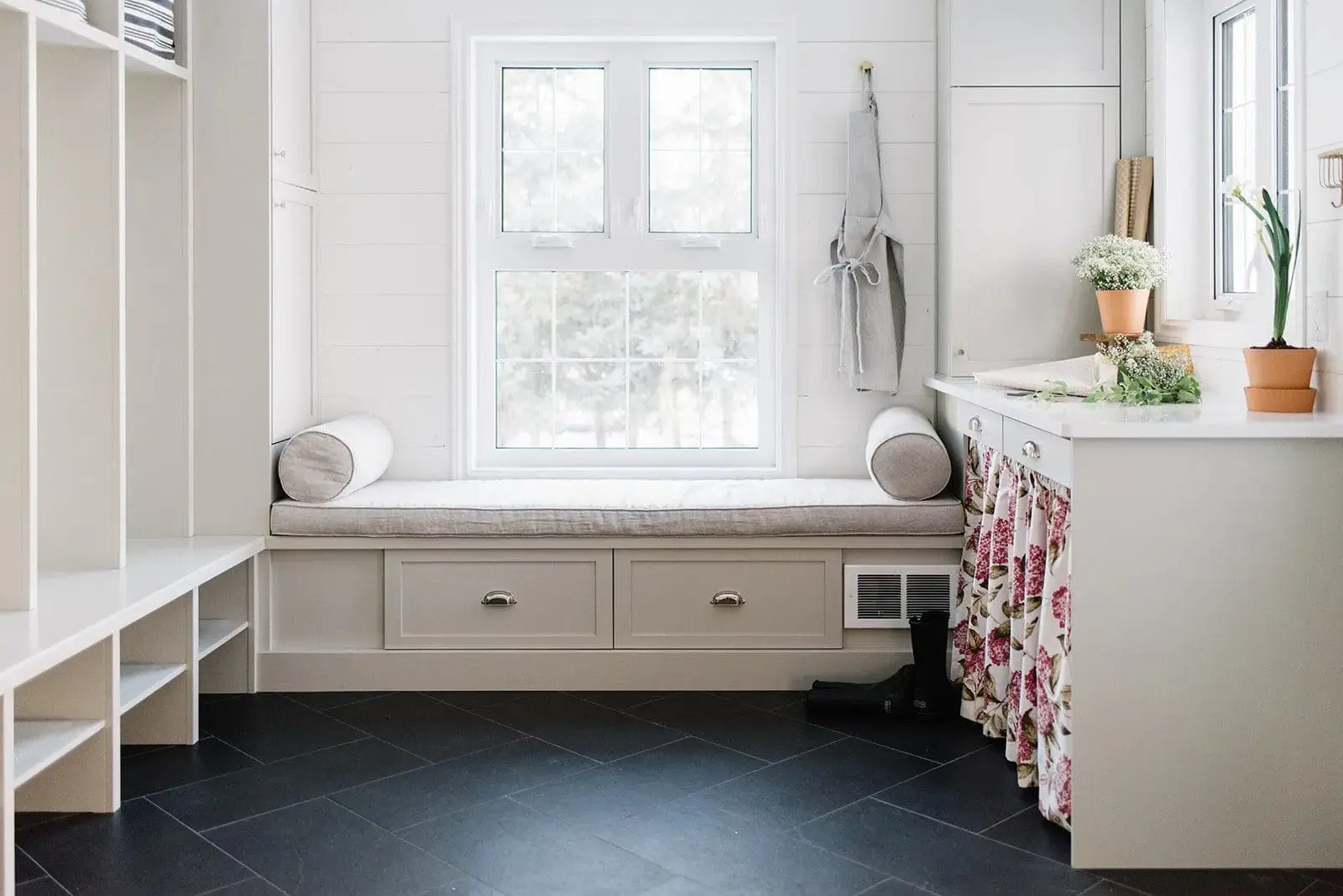
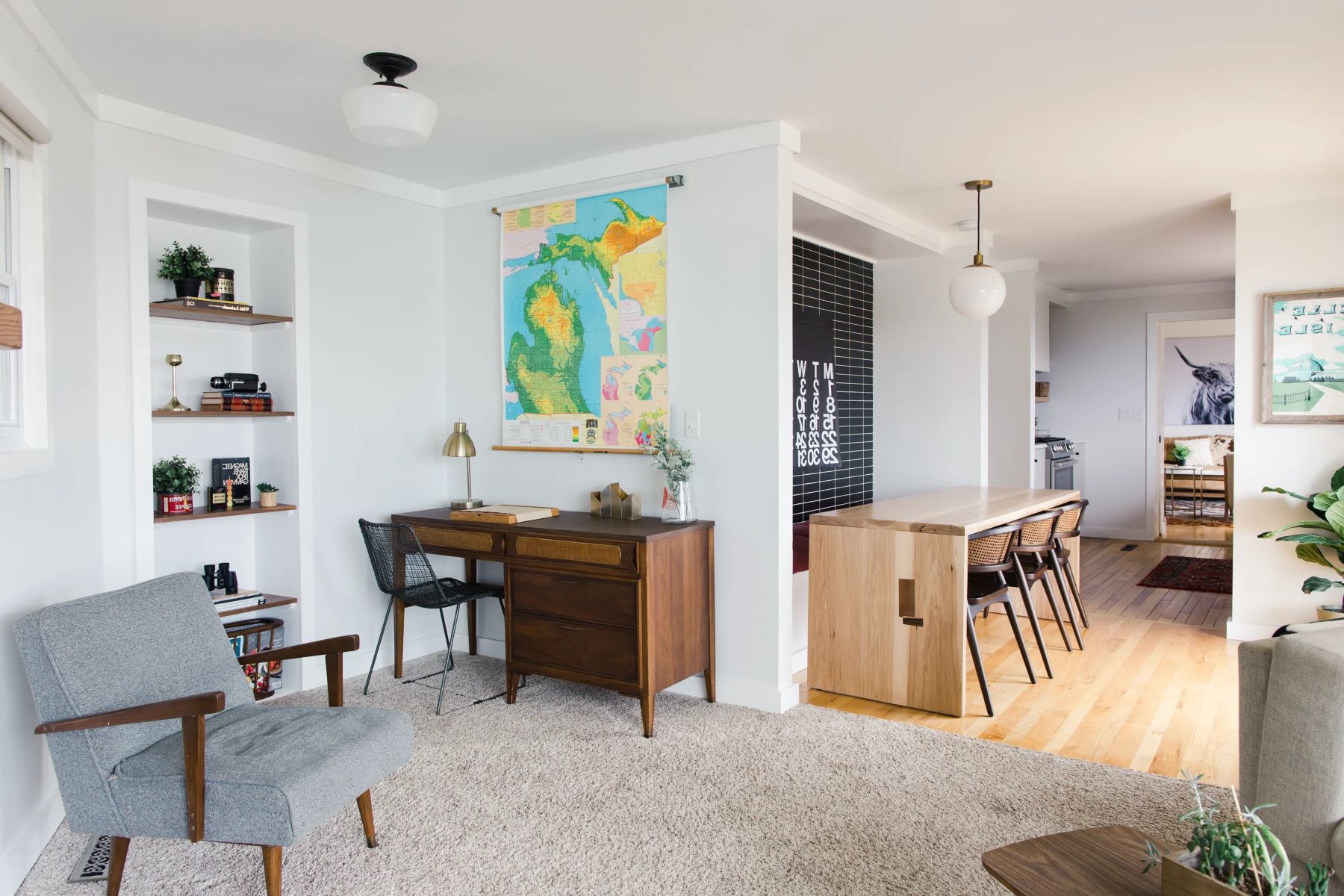

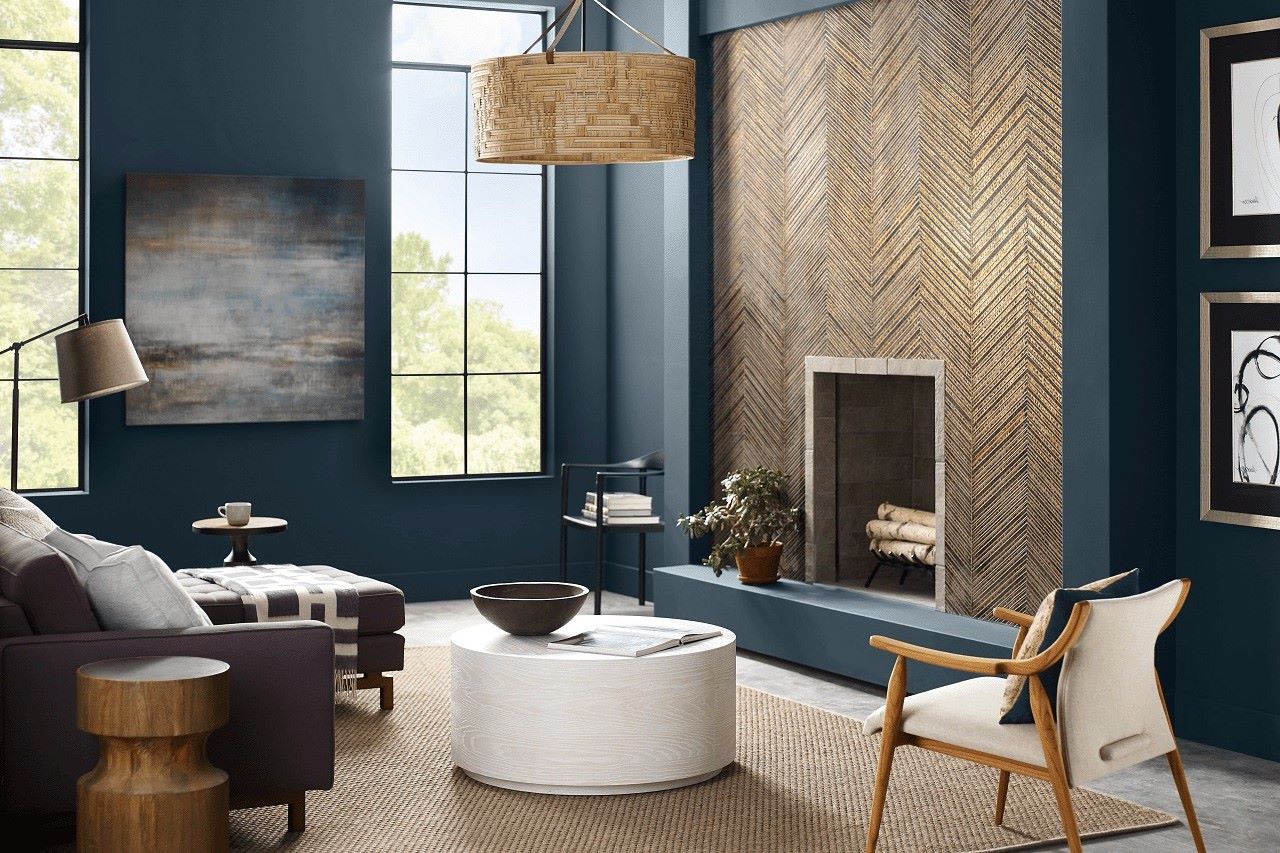
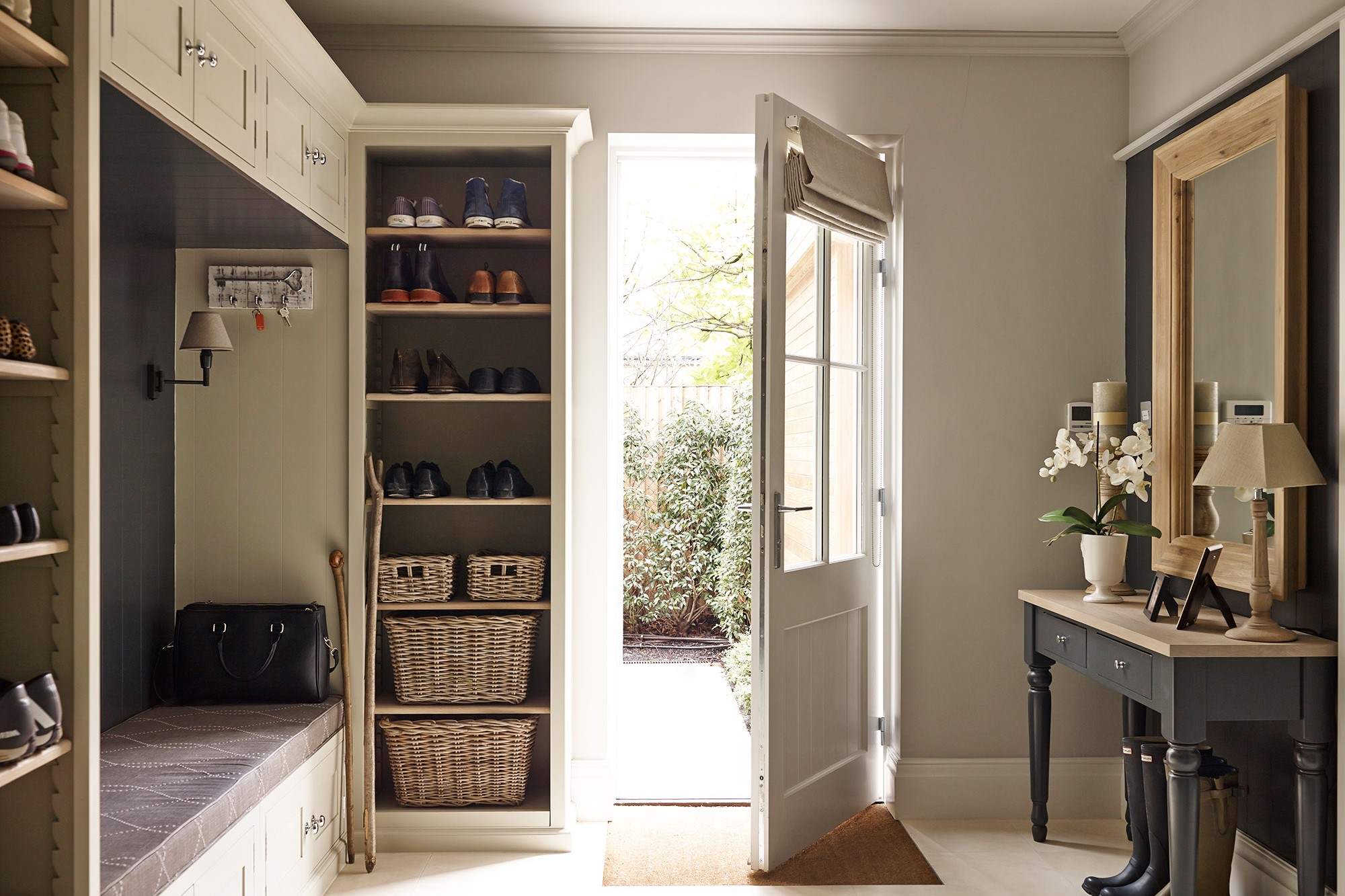
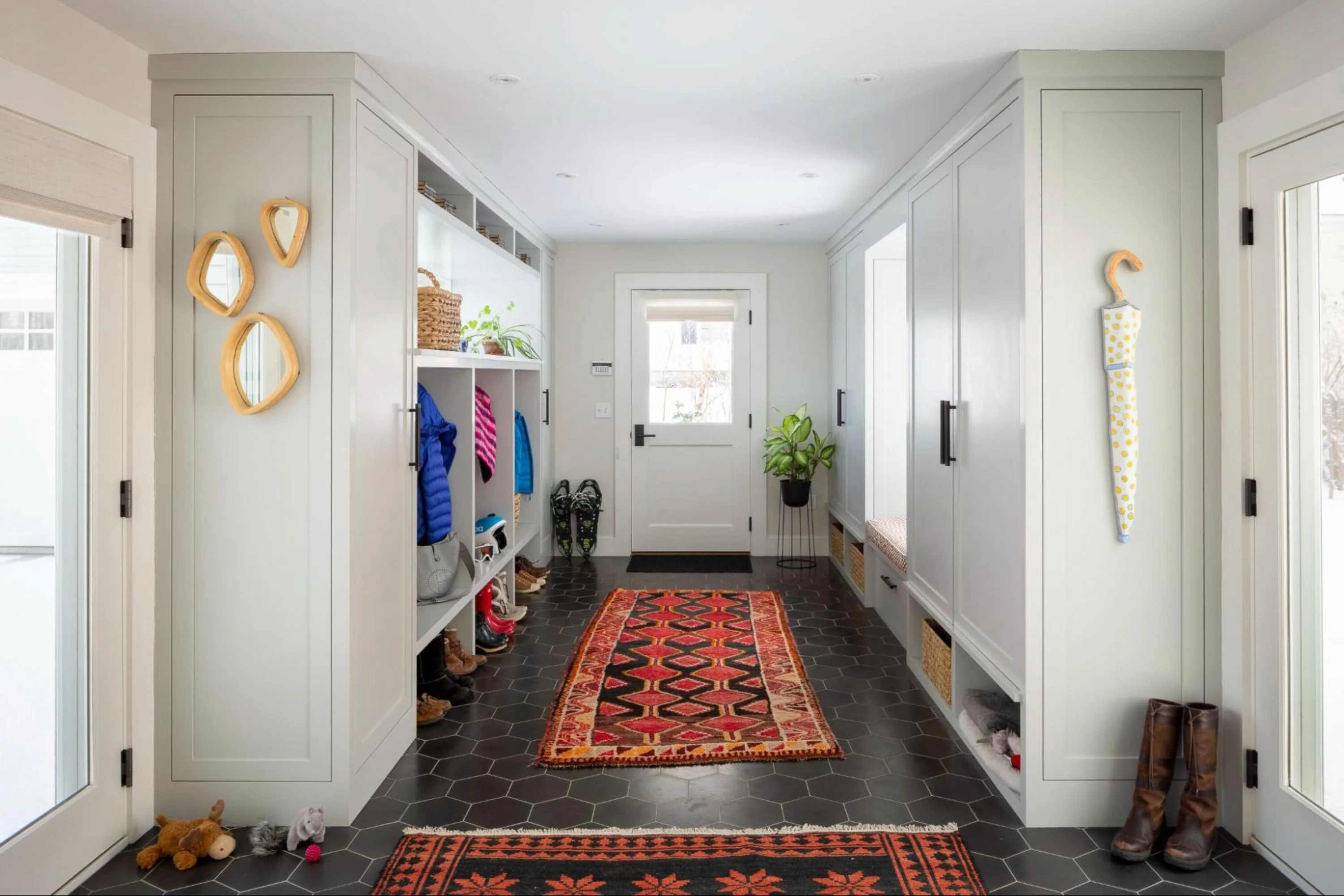

0 thoughts on “How To Create Entryway In Living Room”